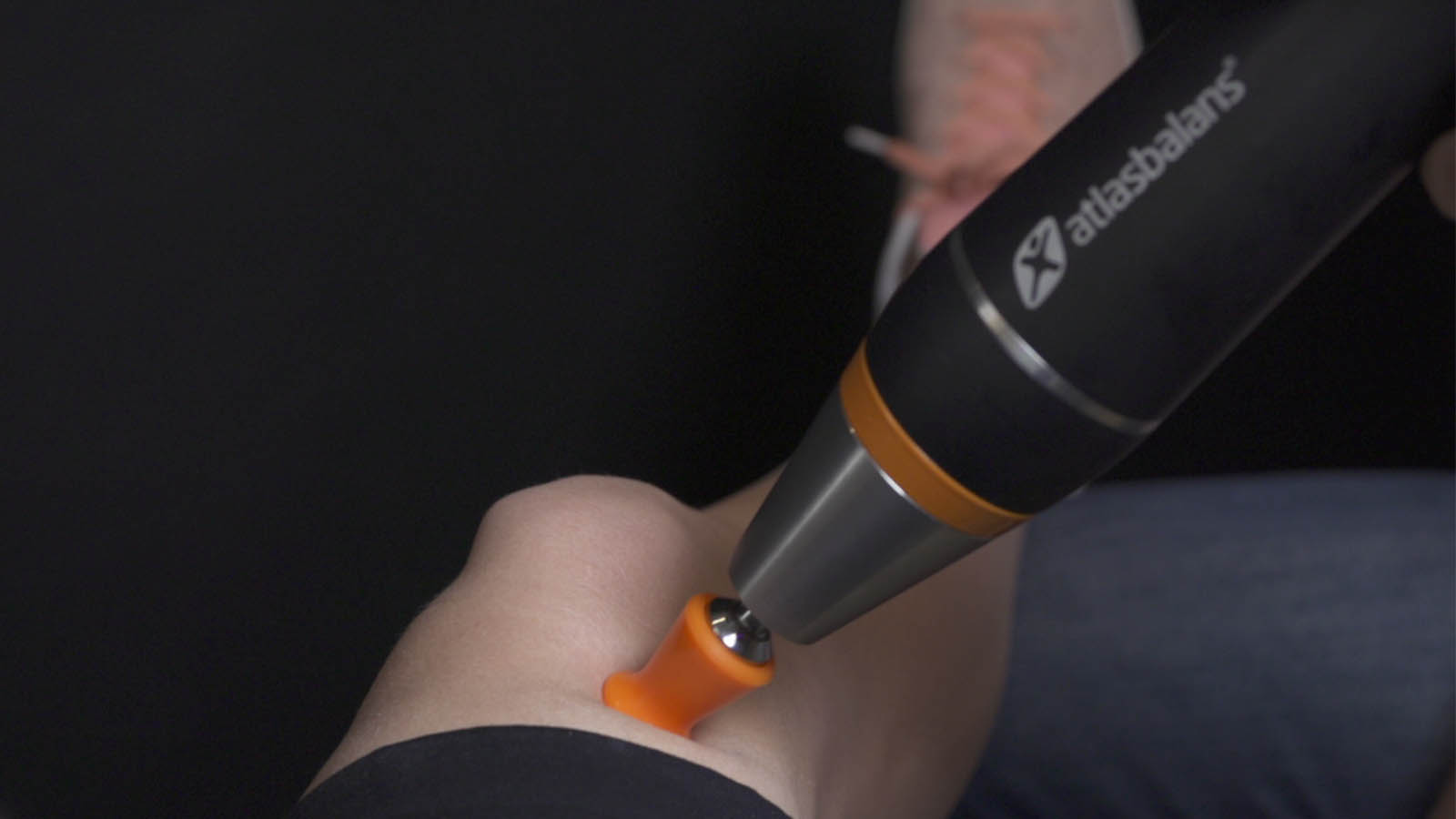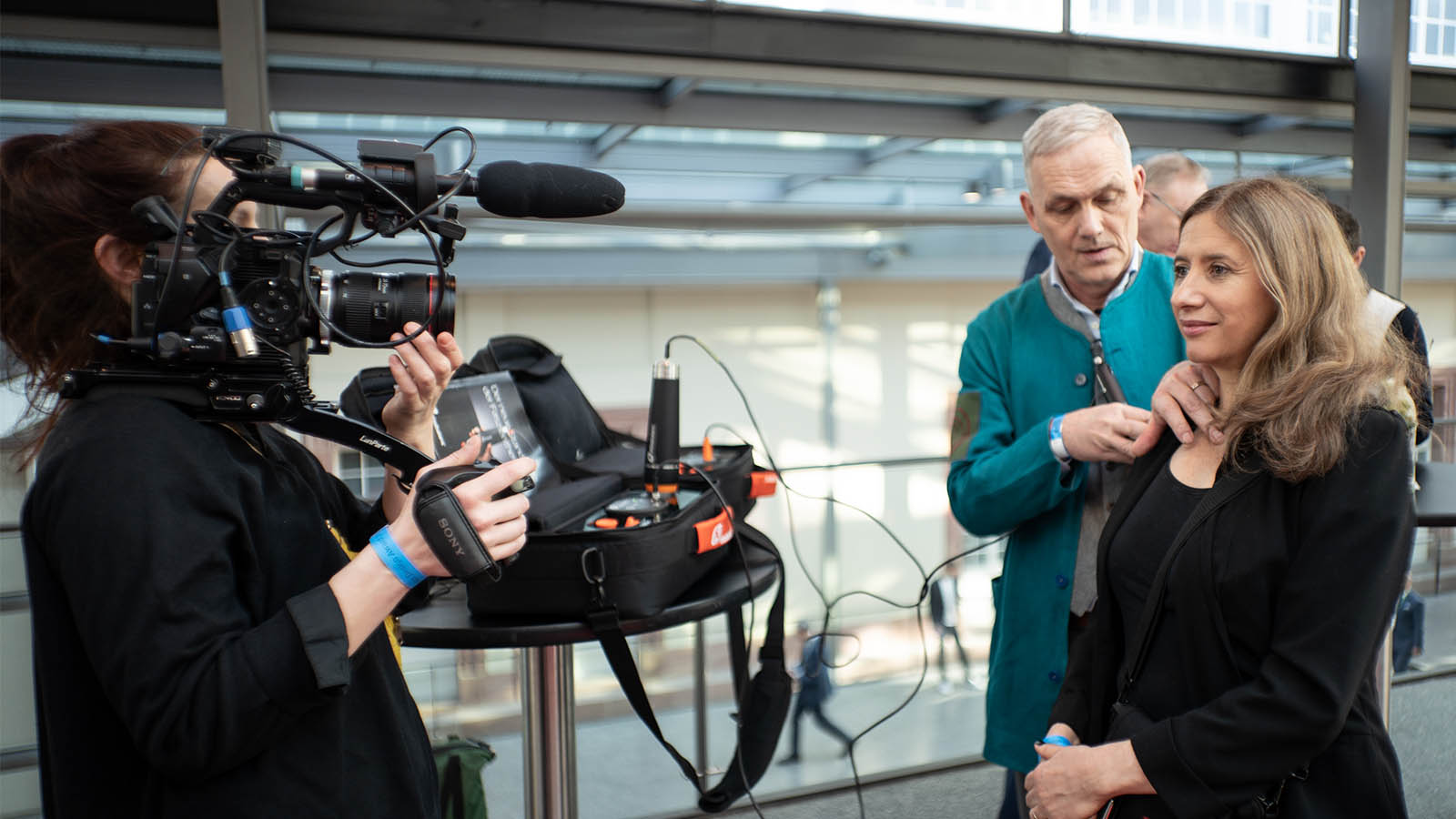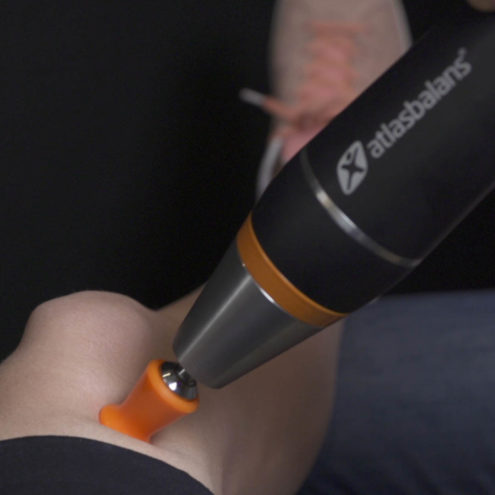What happens in the body during Swedish Fascia Vibes treatment?

What happens in the body during Swedish Fascia Vibes treatment?
Increases the fluid flow in the tissue and turns of pain receptors
The Swedish Fascia Vibes treatment may appear gentle – but during treatment there is a lot that is happening in the body. But what is happening?
As the machine is affecting the body in numerous ways it is hard to give a full answer as todays research on fascia and fascia treatment is limited. But here are some effects we do know about.
Increase of the fluid flow in the tissue
We have known for quite some time that fascia is responsive to mechanical stress and manipulation. (Yahia et al., 1992; Langevin et al., 2006; Stecco et al., 2007; Langevin et al., 2007; Tesarz et al., 2011; Elbrønd et al., 2015).
However, it is not as well known that the tissue trasports 7,5 litres of water in the body every day, and that this fluid flow increases 3-12 times by using static vibrations in various frequencies (Reed et al. 2011; Roma et al., 2013; Simmonds et al., 2010).
This is interesting as it is now shown that the fluid flow changes the collagen structures in the extracellular matrix from inside (Swartz, 2018). In other words, an increased fluid flow stimulates the body’s self healing capacity.
The Fascia Vibes machine uses frequencies optimized for increasing the fluid flow which helps restore the fluid balance of the body and helps the exchange of nutrition as well as the waste management throughout the body.
Strained or tensed tissue can stick together and become inflamed, and the skin can get stuck with the superficial fascia which results in decreased movement. The treatment helps release this tension by helping the body produce more hyaluronic acid – which increases the gliding and sliding function of the fascia.

Stimulating free nerve endings
In the fascia there are six times more nerve endings than in muscles. Today we know that pain in most cases actually is located in the Fascia, and not elsewhere. (Langevin et al., 2009; Hoheisel & Mense, 2015; Mense & Hoheisel, 2016; Wilke et al., 2017).
We also know that free nerve endings (golgi, paccini & ruffini) respond to mechanical vibration.
(Yahia et al., 1992; Schleip, 2003; Stecco et al., 2007).
The machine is design to use frequencies that stimulates the body’s pain receptors, but by constantly changing frequency the receptors are overloaded. Simply but, the body prepares to respond to one frequency, but as soon as it is ready for the first one, there is a new frequency and so on which stops the body from signaling pain.
Do you want to learn more about Fasica?
- Every year new fascia research is presented, challenging the way we understand the body
- Since 2015 we have gathered more than 1000 fascia research articles with the ambition to provide people with knowledge of the body in a simple way.
- At thefasciaguide.com you can find more research, insights and interviews with fascia experts.




